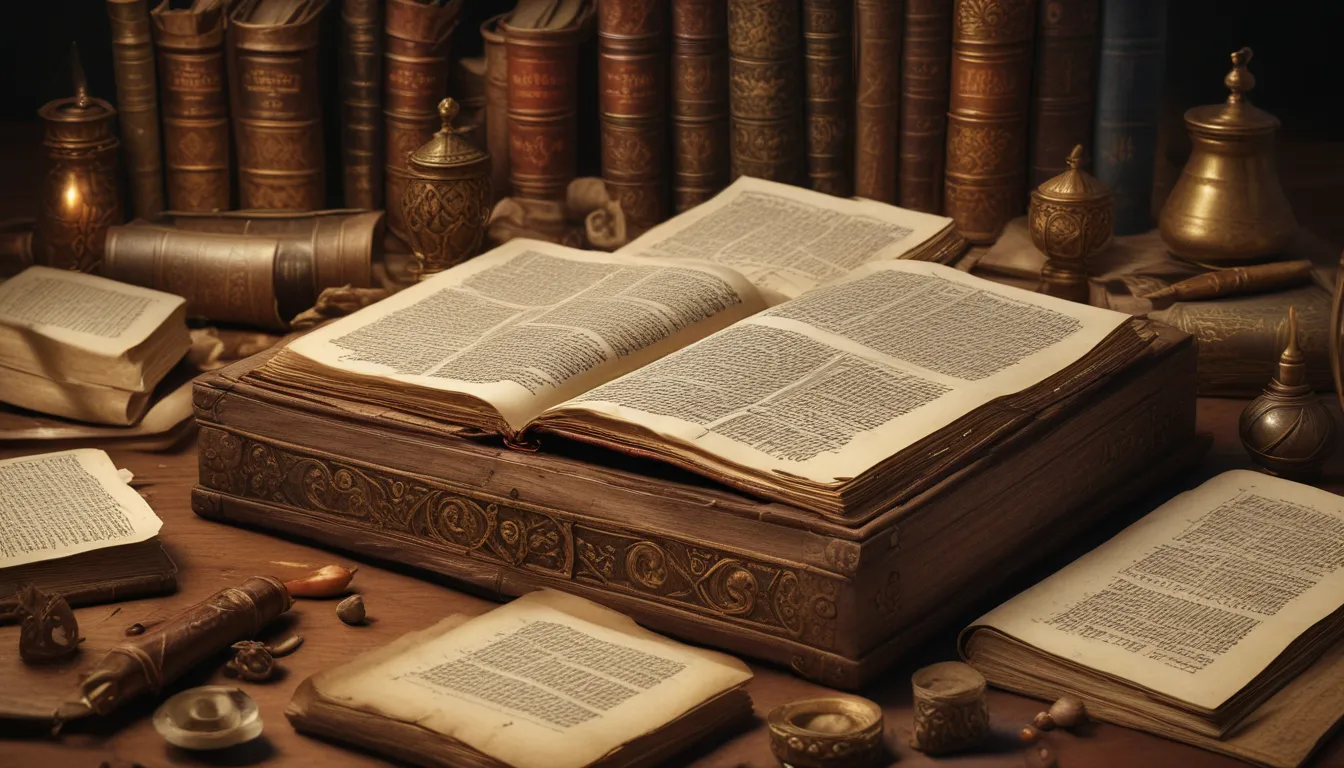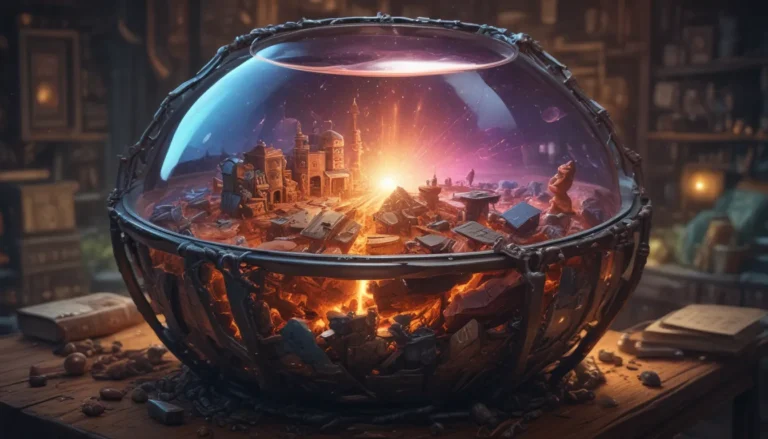A Note About Images: The images used in our articles are for illustration purposes only and may not exactly match the content. They are meant to engage readers, but the text should be relied upon for accurate information.
Manuscript collections hold the key to unlocking the mysteries and stories of the past, offering a glimpse into the lives and events that have shaped our world. From personal letters to official records, these handwritten documents provide a unique lens through which we can view history, culture, and the human experience. In this article, we will delve into the fascinating world of manuscript collections, exploring their origins, types, importance, challenges, and future. Join us on a journey through time as we uncover the treasures hidden within these collections and discover the wonders of our shared heritage.
Unraveling the Mystery: What is a Manuscript Collection?
A manuscript collection is a curated assortment of handwritten materials, ranging from letters and diaries to official documents and literary works, that are preserved and organized for research and historical interest. These collections, often housed in libraries, archives, and museums, offer invaluable insights into past societies, cultures, and individuals. Whether you’re a historian, a researcher, or simply curious about the past, delving into a manuscript collection can provide a rich tapestry of information and stories waiting to be explored.
The Timeless Origins of Manuscript Collections
- Ancient Beginnings: Manuscript collections have ancient roots, stemming from the need to preserve knowledge, religious texts, and cultural heritage. Monasteries and ancient libraries were early pioneers in the collection and preservation of manuscripts.
- Renaissance Revival: The Renaissance marked a resurgence in the collection of manuscripts, driven by a renewed interest in classical literature and learning. Wealthy individuals and scholars began amassing private collections, laying the foundation for today’s public archives and libraries.
Diving into Diversity: Types of Manuscripts Found in Collections
Manuscript collections offer a diverse array of materials that shed light on various aspects of history and culture. Here are some common types found in these collections:
- Letters and Correspondence: Personal letters and official correspondence provide insights into the daily lives and relationships of individuals.
- Diaries and Journals: Intimate sources that reveal personal thoughts and experiences, offering a glimpse into the inner lives of their authors.
- Legal Documents: Contracts, wills, and deeds illuminate the legal and social structures of the time, including matters of property and inheritance.
- Literary Works: Drafts, manuscripts, and annotations of literary works trace the development of texts and the creative process of authors.
The Significance of Manuscript Collections
Manuscript collections are not mere repositories of old papers; they are vital resources that play a crucial role in preserving culture, advancing research, and enriching education:
- Cultural Heritage: Manuscript collections preserve the cultural heritage and memory of societies, connecting future generations with their historical roots.
- Research and Scholarship: Indispensable for historians, literary scholars, genealogists, and researchers, manuscripts provide primary sources for study and analysis.
- Education: Manuscript collections serve as educational tools, enhancing learning by offering direct engagement with historical documents.
Navigating Challenges: Preserving Manuscript Collections for Posterity
Preserving manuscript collections poses unique challenges that require ongoing attention and resources:
- Physical Deterioration: Manuscripts are susceptible to deterioration due to environmental factors like light, humidity, and temperature.
- Digital Preservation: While digitization offers accessibility, it presents challenges in terms of technological obsolescence and decay.
- Funding and Resources: Adequate funding is crucial for the preservation, cataloging, and digitization of manuscript collections.
Unlocking Treasures: Accessing Manuscript Collections
Despite the challenges, institutions make manuscript collections accessible to researchers and the public through various means:
- Physical Visits: Researchers can access collections in person by visiting the holding institution, often requiring appointments or permissions.
- Digital Archives: Increasingly, collections are digitized and made available online, expanding access to these valuable materials.
- Exhibitions and Loans: Manuscripts are loaned to other institutions for exhibitions, offering the public a rare opportunity to view historical documents up close.
Embracing Innovation: The Future of Manuscript Collections
The future of manuscript collections hinges on a delicate balance between preservation and accessibility, with technology playing a pivotal role:
- Technological Advances: Innovations in preservation techniques and digital platforms are broadening avenues for preservation and access.
- Community Engagement: Involving communities in the preservation and exploration of collections fosters a deeper appreciation of cultural heritage.
- Sustainability: Collaborative efforts are essential to ensure the long-term sustainability of collections, involving institutions, governments, and the public.
Global Wonders: Unique Manuscript Collections Around the World
Across the globe, diverse manuscript collections showcase unique treasures and insights from the past:
- The Vatican Apostolic Library: Home to a vast collection of historical texts, including ancient manuscripts of religious, scientific, and cultural significance.
- The British Library: Houses over 150 million items, including iconic documents like the Magna Carta and the Codex Sinaiticus.
- The Library of Congress: The world’s largest library, with millions of books, recordings, photographs, maps, and manuscripts, including presidential papers.
Uniting the Pieces: Piecing Together the Manuscript Mosaic
Manuscript collections offer a gateway to understanding cultures, histories, and personal stories that textbooks may overlook. Each page turned is a step back in time, offering a chance to walk in the footsteps of those who made history. Whether you’re a historian, a student, or simply curious about the past, exploring manuscript collections can provide a wealth of insights and inspirations waiting to be discovered. So, next time you encounter a manuscript collection, take a moment to appreciate the stories it holds and the legacy it preserves for generations to come.
We hope this journey through the world of manuscript collections has inspired you to explore the rich tapestry of history and culture that these collections have to offer. Join us in celebrating the enduring legacy of manuscripts and their role in shaping our understanding of the past. As we continue to unlock the secrets hidden within these handwritten treasures, let us cherish the stories they tell and the connections they forge across time and space. Thank you for embarking on this adventure with us!






